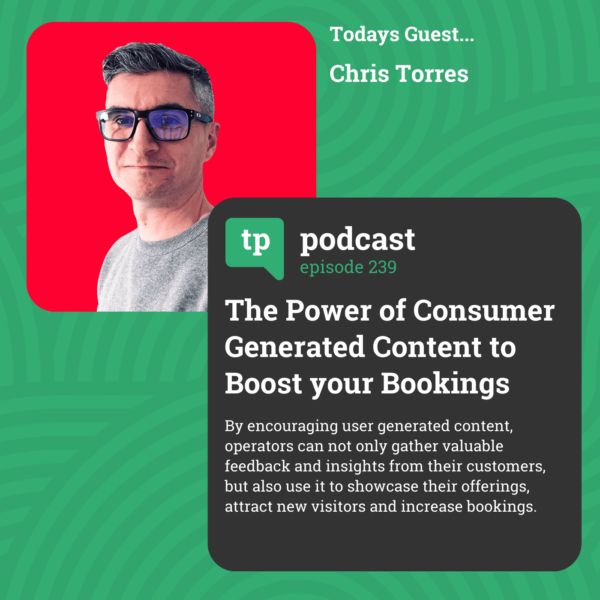Autonomous Vehicles & The Future Of Sightseeing – The Digital Tourism Show #203
Alex is a huge name in the tours and activities industry; he founded TourCMS, a trailblazing piece of software designed to connect tour companies with travel agencies. TourCMS has been incredibly successful over the last few years; in fact, it was the first reservation system used by some of the industry giants, such as Expedia, GetYourBeds, and HotelBeds. Recently, Alex sold TourCMS in order to dedicate his time and expertise to his next exciting venture: Autoura.
Autoura is Alex’s next big idea and it specialises in autonomous vehicle sightseeing. Alex has an incredible wealth of knowledge about the world of autonomous vehicles and how they are destined to impact the tours and activities industry. The entire talk and follow-up questions lasted over an hour, so it is impossible to adequately summarise everything that was discussed.
Most guests attending seemed surprised that autonomous vehicles were going to appear on our roads within the next year or two, and that they would heavily impact the tours and activities industry within the next three to seven years. The talk was incredibly enlightening, practical, and very entertaining; Alex is always focused on the final user’s experience, so everything he said referred back to the final products we, as tour operators, offer customers.
Alex has a fantastic perspective on anything connected to the tourism industry and it was great to have him travel up to Glasgow for the event.
Need more free advice?
Chris and his team will send you a weekly email offering high-value insight and advice about a variety of marketing and business development topics related to the tourism industry. We address specific destinations, tours and activities, and the hotel industry. We also provide important travel industry news and updates.

